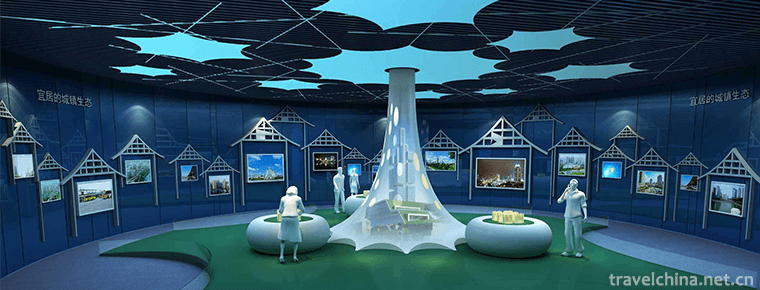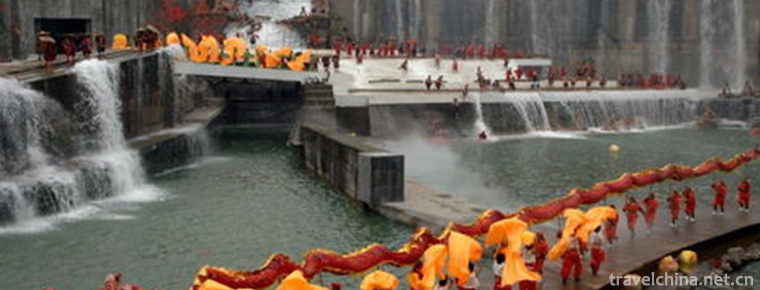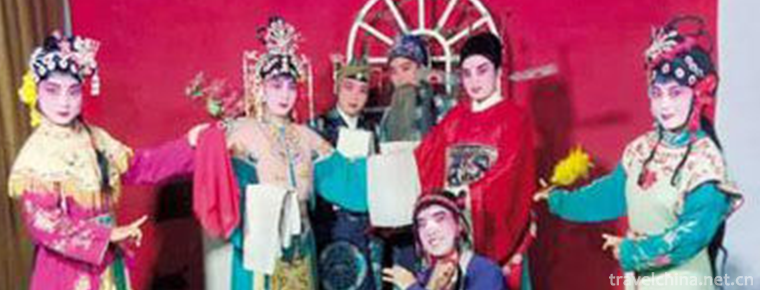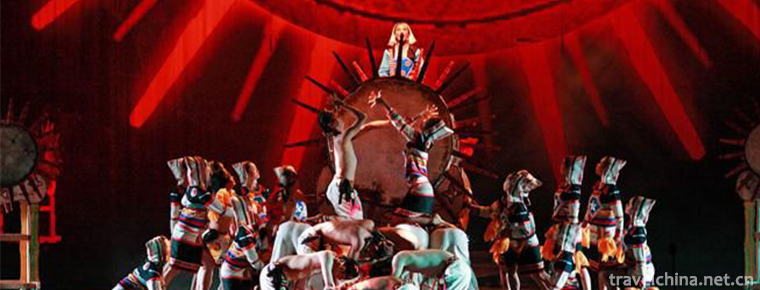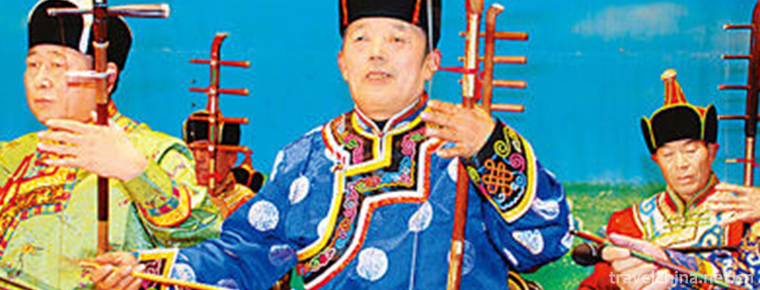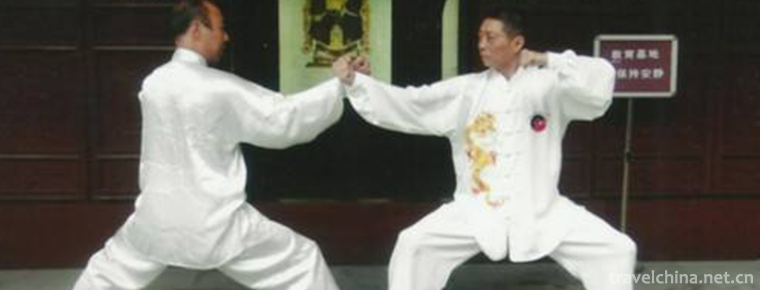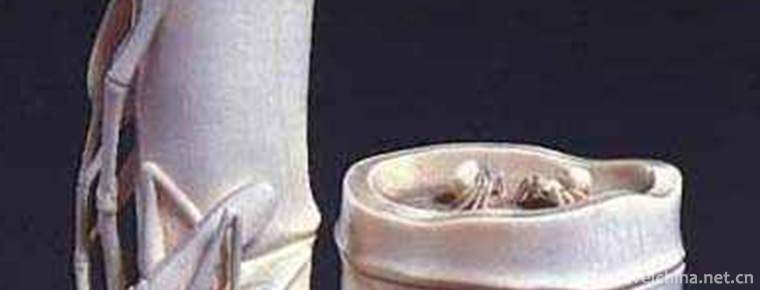Wuying National Forest Park
Wuying National Forest Park is located in Wuying District, Yichun City, Heilongjiang Province, about 19 kilometers away from the urban area. It is a concentrated protected area of Korean pine in China.
Wuying National Forest Park, approved by the Ministry of Forestry as a National Forest Park in 1993, covers an area of 141.41 square kilometers. There are mainly scenic spots such as Songxiang Bridge, Guantao Tower, Forest Train, Oz Xianju, Heixianling, Huxiaoshan, Guansong Avenue, Forest Bath, Xiangshui River, Garden Zhongyuan, Xingan Luyuan, Lifeng Lake and Tourism Train.
geographical environment
Wuying National Forest Park is located in the north of Heilongjiang Province, on the south slope of Xiaoxing'an Mountains. Xinqing National Wetland Park in the east, Fenglin Nature Reserve in the South and Yichun Granite Forest National Geological Park in Heilongjiang Province in the west. The total area of the park is 141.41 square kilometers. Its geographical coordinates are 129 06'- 129 30', 47 54'- 48 19', which belongs to the continental humid monsoon climate in the middle temperate zone.
Resource situation
Wuying National Forest Park covers a total area of 14141 hectares with a forest coverage rate of 82.2%. It has the largest and most complete preserved Korean pine virgin forest belt in China. There are more than 250 kinds of wildlife and 7800 kinds of plants in the park. The main plants are spruce, fir, yellow pineapple, walnut, grape, schisandra, cucumber, ginseng, Acanthopanax senticosus, agaric fungus, monkey head, etc. The main animals are bears, wild boar, roe, tiger, wapiti, sable, grass rabbit, squirrel, weasel and so on.*
Scenic spots
Lifeng Lake
Lifeng Lake is an artificial lake formed by blocking the Lifeng River at the entrance of Wuying National Forest Park. There are pleasure boats on the lake. On the west side of the lake, there are service facilities such as forest villas, hotels, tourist souvenir shops, parking lots and tourist centers. On the North side, there is the departure station of forest sightseeing trains.
Sightseeing train
The sightseeing train is a sightseeing project in the core area of the forest park. It starts at Lifeng Lake at the entrance of the scenic spot and ends at the entrance of the core area of the park. It is 3.5 kilometers long. It consists of three specially made sightseeing trains, namely "Pinus koraiensis", "Blueberry" and "Birch".
Xingan Deer Park
Xing'an Luyuan is a scenic spot located near the entrance of the core area of forest park, adjacent to the terminal of sightseeing train. Luyuan is located at the edge of Betula platyphylla forest. More than 100 sika deer were raised in semi-captivity.
Pine Township Bridge
Songxiang Bridge is a wooden curved bridge across the valley, 260 meters long. Walking on the Songxiang Bridge, you can overlook the multi-terminal changes in the valley, and you can also see and touch the Korean pine.
Watch tower
Guantao Tower is a humanistic landscape, 46.8 meters high, steel frame structure, tower ladder is spiral upward, climbing tower overlook, the vast forest sea panoramic view.
azalea garden
The Rhododendron Garden is located in the eastern part of the park, 3000 meters away from the main building of the park, with an area of 2000 square meters. The Rhododendron in the garden is one of the wild flowers in Xiaoxing'an Mountains.
Godsend Lake
Tianzhi Lake is one of the scenic spots of Wuying National Forest Park. On the shore of the lake, flowers are blooming in all colors, and the fresh and light fragrance is refreshing.
Development and construction
Wuying National Forest Park was built in 1990.
In 1993, it was approved as a national forest park by the former Ministry of Forestry.
In 2001, it was awarded National Civilized Forest Park by the State Forestry Administration.
In 2002, it was approved as AAAA scenic spot by the National Tourism Administration.
Tourism information
Opening hours: 5:00-18:00
Best travel time: June-September
Certification Level: AAAAAA National Forest Park
Recommended tour routes: on the first day, after breakfast, visit the 100-year Korean pine, visit the "Shaoqi" forest train, cross the Songxiang Bridge, sightseeing the 800-year-old trees, climb the Taota Tower, go to the Oz Fairy Scenic Area for lunch, after Chinese meal, watch the Oz Fairy Hunter Camp, hunting tools and functions. Starting at about two o'clock, we can enjoy the villas in the forest, the old mansion, the mountain gods and so on. Walk 1200 meters forest walk, arrive at Tianzhi Lake for play, boating, fishing and so on. Return to Oz Fairy House for free activities. After dinner, a bonfire party and singing performances can be held. Living in Wooden Villa of Oz Fairy or European Villa of Forest Bath, etc. The next morning, after breakfast, we climbed the tower to watch the sunrise, took the bird-song forest path, watched the bird-song forest, took the battery car to the forest bathroom to play, held mountain climbing activities, and drifted on the Fenglin River after lunch.
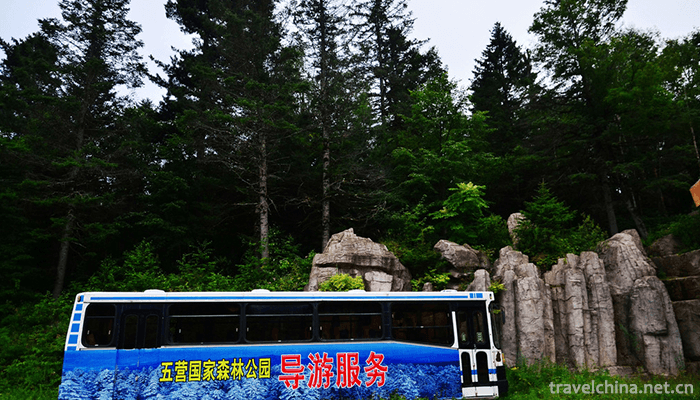
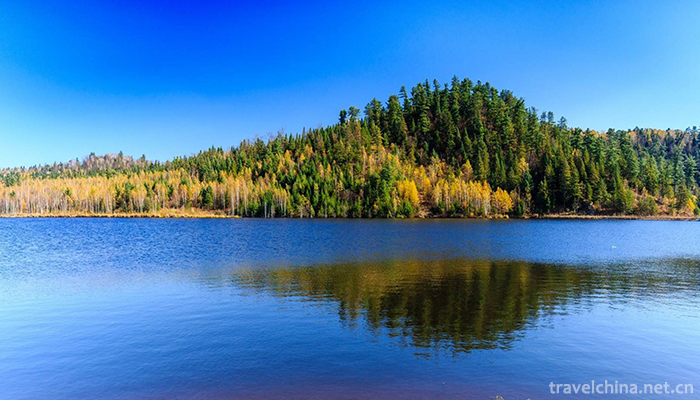
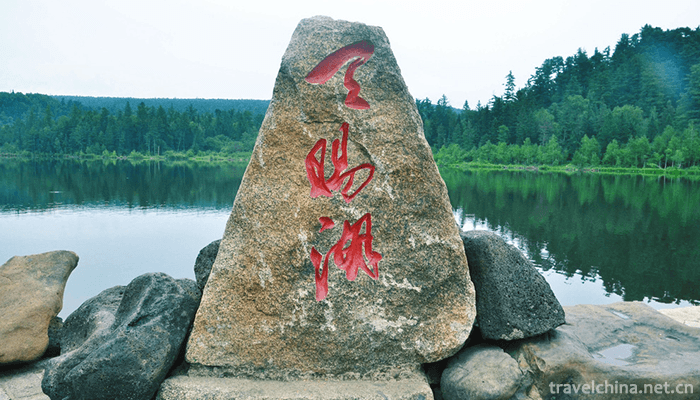

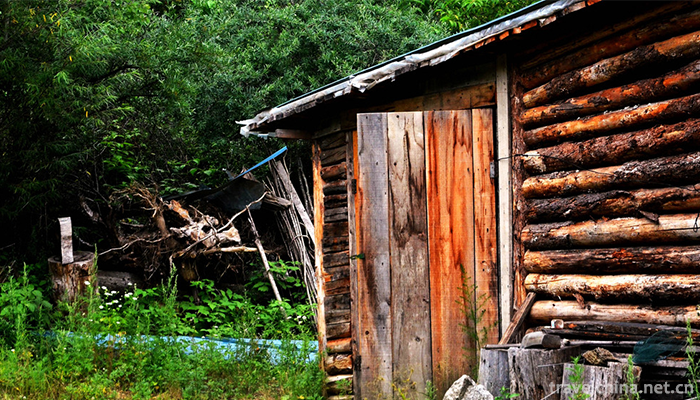
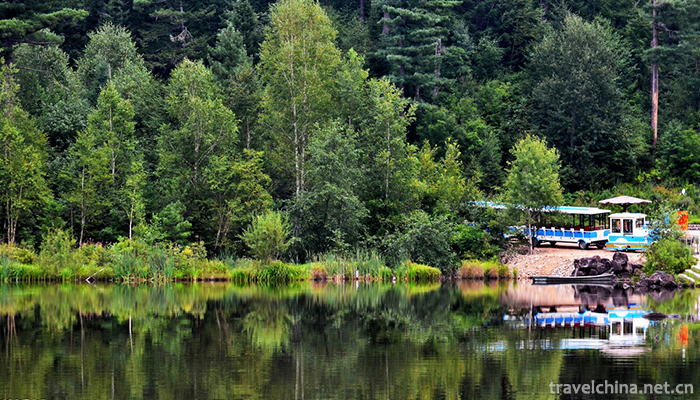
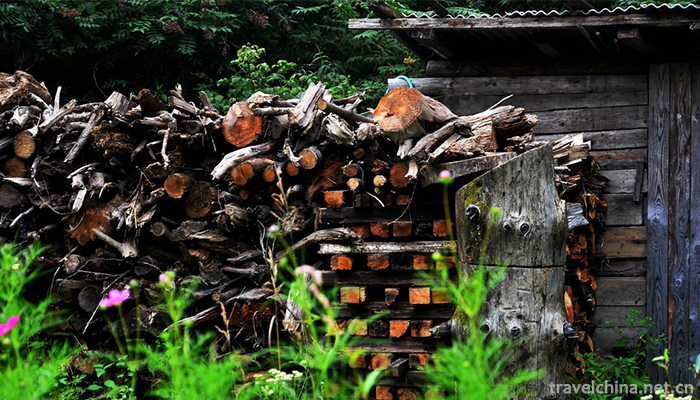
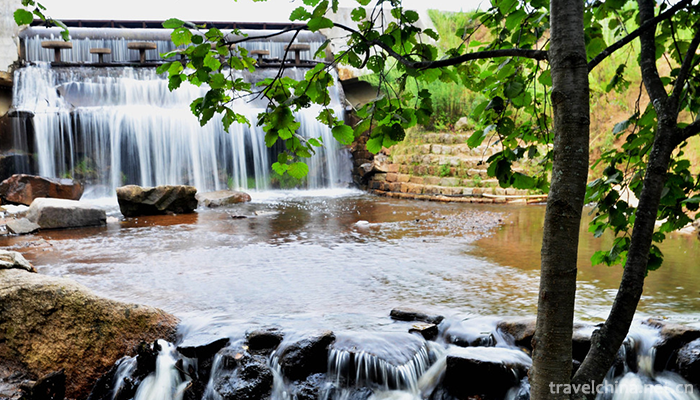
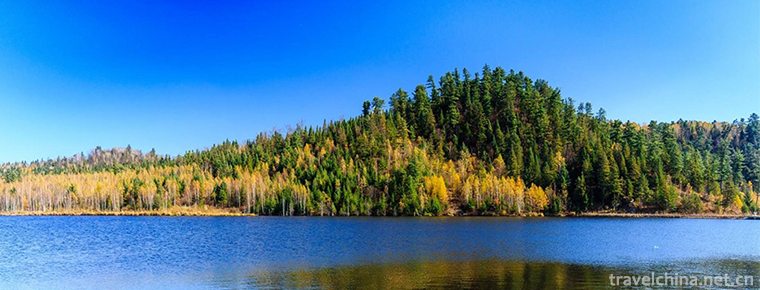
Wuying National Forest Park
-
Park hyatt Guangzhou
In Guangzhou Park Hyatt Hotel, a traditional Lingnan culture and Gourmet Tour is opened. Guangzhou Baiyue Hotel integrates Lingnan's long history and culture with Baiyue's delicate modern
Views: 179 Time 2018-12-16 -
Beijing Planning Exhibition Hall
Beijing Planning Exhibition Hall, located in Qianmen East Street (east side of old Beijing Railway Station) of Dongcheng District of Beijing, is renovated on the basis of the original building.
Views: 392 Time 2018-12-26 -
Dujiangyan Drainage Festival
The Qingming Drainage Festival is a traditional festival in Dujiangyan, Sichuan Province. Every year during the Qingming Dynasty, Dujiangyan City welcomes the annual Qingming Drainage
Views: 248 Time 2019-04-28 -
Haha Opera
Haha Opera, also known as Liuzi Opera and Drinking Opera, is a local opera originated from the folk in Hebei Province. It is the first national intangible cultural heritage
Views: 232 Time 2019-05-02 -
Gino Encouragement
Great encouragement, traditional dance in Jinghong City, Yunnan Province, is one of the national intangible cultural heritage.
Views: 287 Time 2019-05-05 -
Liu Sanjies Ballads
Liu Sanjie's folk songs, a local traditional folk literature in Yizhou City, Guangxi Zhuang Autonomous Region, are one of the national intangible cultural heritages.
Views: 425 Time 2019-05-13 -
Mongolian Sihu Music
Mongolian Sihu music is one of China's intangible cultural heritage. Mongolian Sihu is one of the most distinctive Mongolian musical instruments, stringed instruments.
Views: 211 Time 2019-06-04 -
Gentle boxing
Mianquan is a kind of uniform, soft, round, coherent, rigid and soft traditional boxing, which belongs to the intangible cultural heritage of Shanghai. Its movement is soft like cotton, the shape and
Views: 161 Time 2019-06-04 -
ivory carving
Ivory carving refers to the carving process and its products with ivory as the material. It is an ancient Chinese traditional art, folk arts and crafts. Ivory is the strongest part of an elephant. It
Views: 125 Time 2019-07-06 -
Zhongshan Salt Water Song
Salt water song is a form of expression of Guangdong local folk songs, which is mainly spread among farmers and fishermen in the coastal and river network areas of Zhongshan, Panyu, Zhuhai and South C
Views: 102 Time 2019-08-03 -
Wenshu Temple
Wenshu Temple is located in Qingyang District of Chengdu City. It was founded in the Daye period of Sui Dynasty (605-617). In 1697, the 36th year of Kangxi raised funds to rebuild the temple, which was renamed Wenshu courtyard.
Views: 316 Time 2020-10-18 -
Nanchong ecological environment
In 2019, the total amount of funds used for environmental protection capacity building and supervision and operation of Nanchong City is 14.1809 million yuan, including 2.4476 million yuan for monitoring capacity construction and 11.7333 million yuan for environmental
Views: 324 Time 2020-12-17

